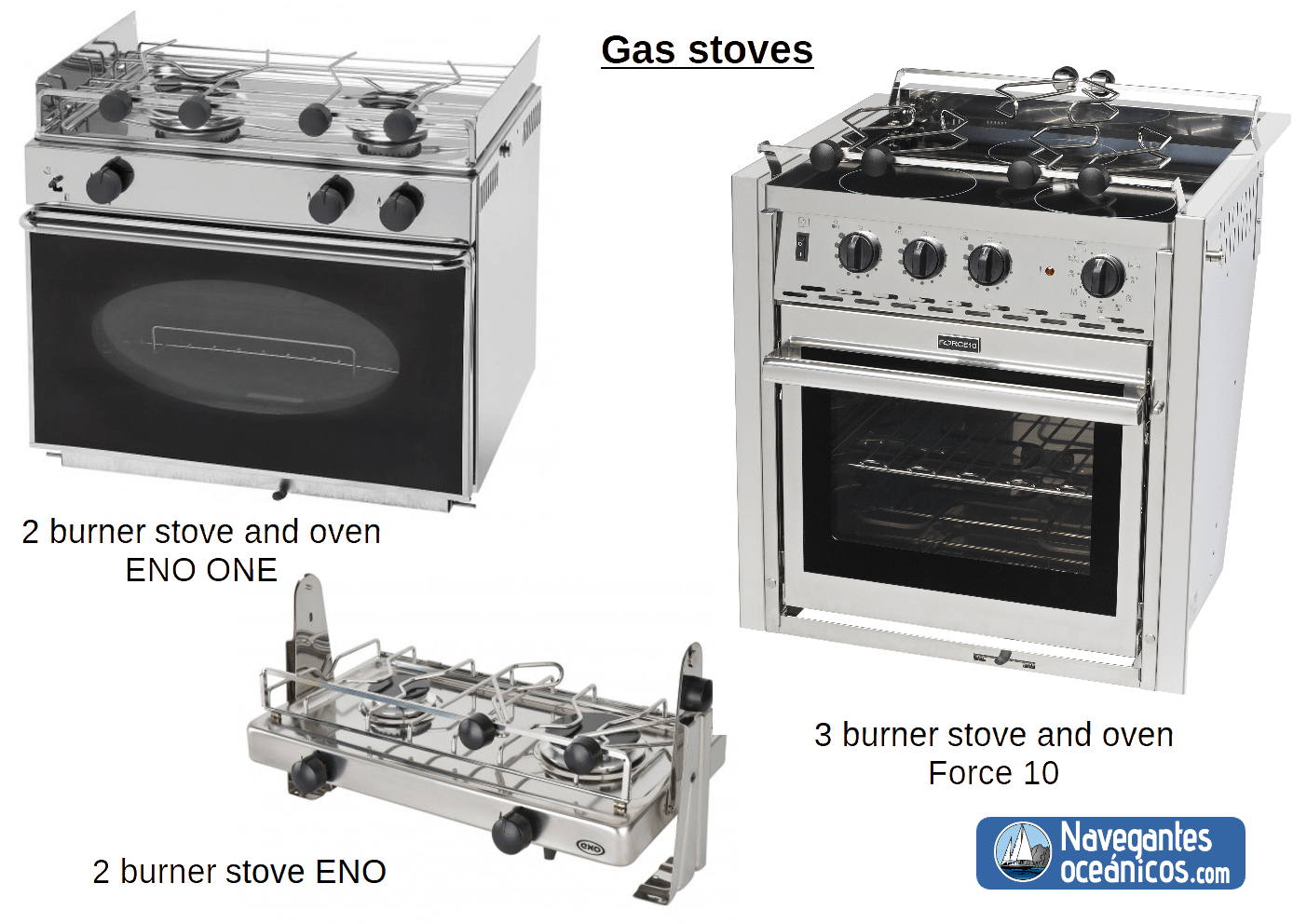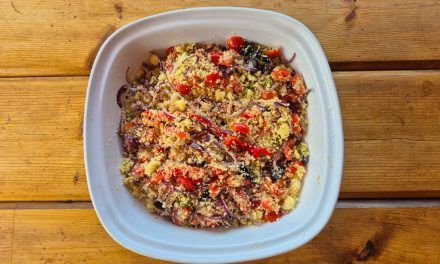Introduction
Food on board is one of the key factors to enjoy sailing. On long sailings, it is an essential element to maintain a good atmosphere on board, and the meal is usually the meeting point for the crew.
However, space limitations, heeling and rolling in rough seas, limitations of batteries and electrical generation on a sailboat, safety, and other factors, make it necessary to carefully choose the type of galley to be installed and the other necessary equipment.
The galley requirements will also be different depending on the number of crew, their eating habits, the area and the type of sailing to be done, cruising or racing, coastal or oceanic.
On the other hand, it is not the same cooking when sailing with wind and heel, than when we are anchored in a well protected cove, or docked in port (with access to shore power of 220V). A well-equipped galley will be useful for all these situations.
Safety is also a factor to consider, as the galley itself or its associated equipment can be a source of fire or explosion risk on a sailboat that is not properly installed.
In this first chapter of the online book “Eating well on a sailboat” we are going to see the main types of complete galley available for boats, and the advantages, disadvantages and considerations about them when making a fixed installation on a coastal or ocean cruising sailboat.
– Gas stove.
– Alcohol stove.
– Diesel stove.
– Kerosene stove.
Este contenido solo está disponible para subscriptores de navegantesoceanicos.com
Efecúe Log In para desbloquear.
Este contenido solo está disponible para subscriptores de navegantesoceanicos.com
Efecúe Log In para desbloquear.






